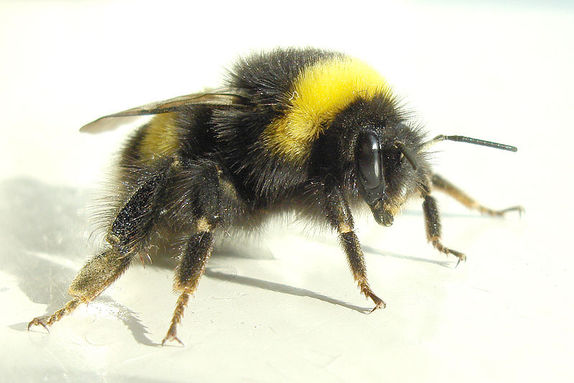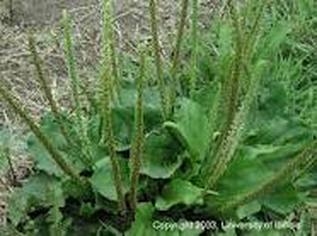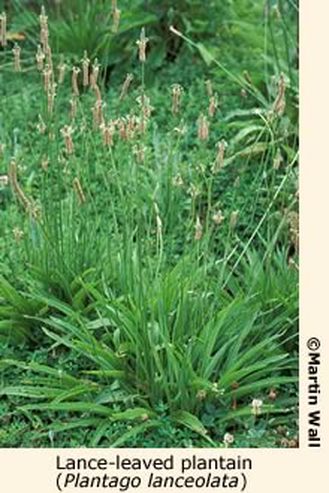|
There he is. There's the little bugger who decided to sting me a few days ago. Okay, so that's not the bugger, but still. Ouch. Actually what was worse than the sting (which was acquired by completing minding my own business by the way), was the sense of betrayal. Bees are my friends. They pollinate all my plant friends, they make the delicious and nutritious honey I use for so many herbal preparations. They even give me the beeswax that I need to make topical applications. I have friends who study you, bee. And I fully appreciate you in all your amazzzzzzzing complexity. So be nice.
Clearly I'm being dramatic. But hey, it was the first time I've even been stung (even my kids were stung before me). So in lieu of screaming and crying, there it is. Luckily, Plantain was there to rescue me! Old reliable plantain. It's everywhere, from the first tentative greens to first frost. Here's the breakdown: Scientific Name: Plantago (various species) Common Names: Ribwort, Greater Plantain Description: Perennial plant, grows to 0--4 meters. Leaves are long, oval, or lance-shaped. Usually plantain has a rosette of basal leaves with one flowering stalk, ending in an oblong spike of small flowers. Flowers are densely concentrated along the spike. Habitat: Almost everywhere. Throughout N. America, Europe and Northern Asia. Can be found on lawns, pastures, roadsides, fields and meadows. It is a common weed on cultivated grounds. Blooms: April to August. But the leaves (which are the most useful) can last through November. Uses: This is a great plant to use externally for general would healing. Bites, stings, cuts, etc. You can also use it internally for for urinary tract infections and inflammation. Externally, you can simply mash up the fresh leaves between your fingers and apply the poultice to the wound. Make sure you get some of that good green juice in there! Hold in place until swelling or pain subsides. Re-apply as needed. The astringent properties help to stop bleeding, and promote the healing of woulds and injuries. The cooling nature of this plant helps to decrease the inflammation and relieve associated pain. To use internally, make a strong tea out of the leaves and drink as needed until symptoms subside. This is one plant my kids know really well! When we are on a bike ride and the inevitable skinned knee happens, we immediately begin to look for Plantain. It not only takes their minds off the owie, but the plant soothes the pain and allows them to enjoy the rest of the ride. See if you can find it growing outside your front door! ~K
0 Comments
Leave a Reply. |
AuthorI am constantly amazed by the healing power of yoga and herbs. They inspire me to heal, to write, to teach, and to keep exploring. Archives
January 2017
Categories
All
|



 RSS Feed
RSS Feed

